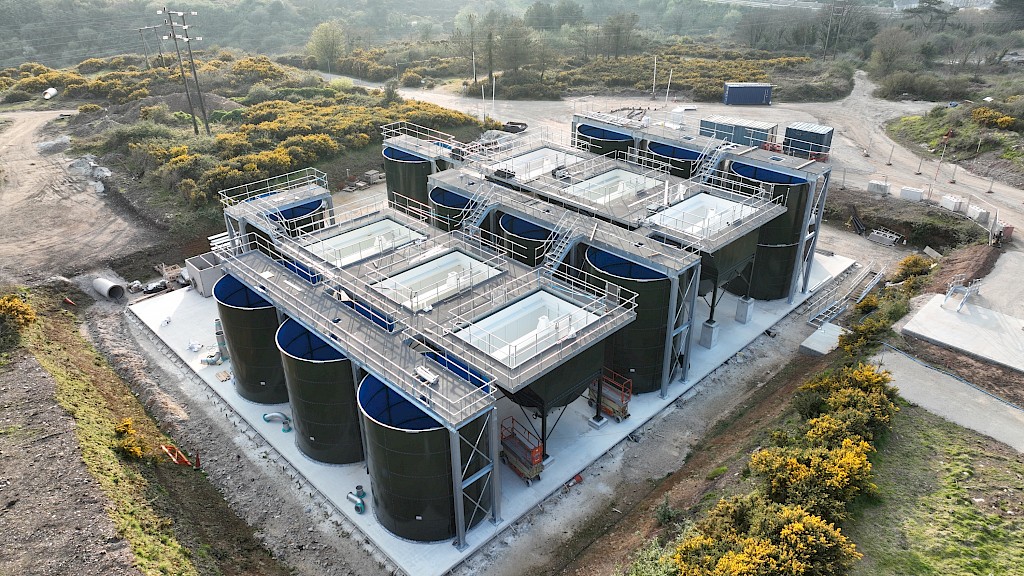Why the Bank of Canada could be among the first to raise interest rates

Article content continued
Stephen Poloz, the previous governor, on Jan. 14 said he anticipates a “double-dip” recession, meaning he assumes the lockdowns that have followed the second wave of COVID-19 infections will trigger a second economic contraction, albeit not as epic as what occurred last spring.
“We’re off to a rough start for the new year,” Poloz said over video during an event hosted by Western University’s Ivey Business School. “The economy is very likely to form a ‘W,’ economists’ parlance for the double-dip, although the second half of the W may not be as significant as the first half was given what we’ve learned in the interim.”
Macklem in December acknowledged that things could get tougher in the short term, with the central bank anticipating a “choppy trajectory” until a critical mass of the population is vaccinated. That’s the main reason he promised in October to leave the benchmark interest rate pinned near zero until some time in 2023, a pledge he will likely reiterate this week.

The governor and his deputies will probably decide there is enough stimulus in place to power through whatever winter brings. Vaccines have arrived sooner than the central bank expected they would in the fall, suggesting the outlook for 2021 has improved.
Jean-François Perrault, chief economist at the Bank of Nova Scotia, earlier this month predicted that Canada’s gross domestic product will decline at an annual rate of 2.1 per cent in the first quarter, and then rebound at rates of 7.9 per cent and 7.3 per cent in the second and third quarters, respectively.




